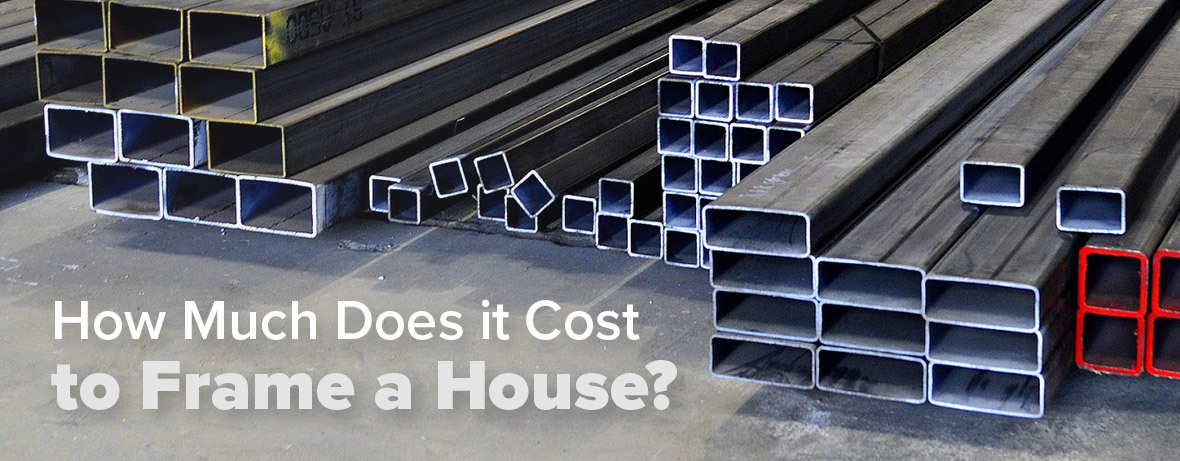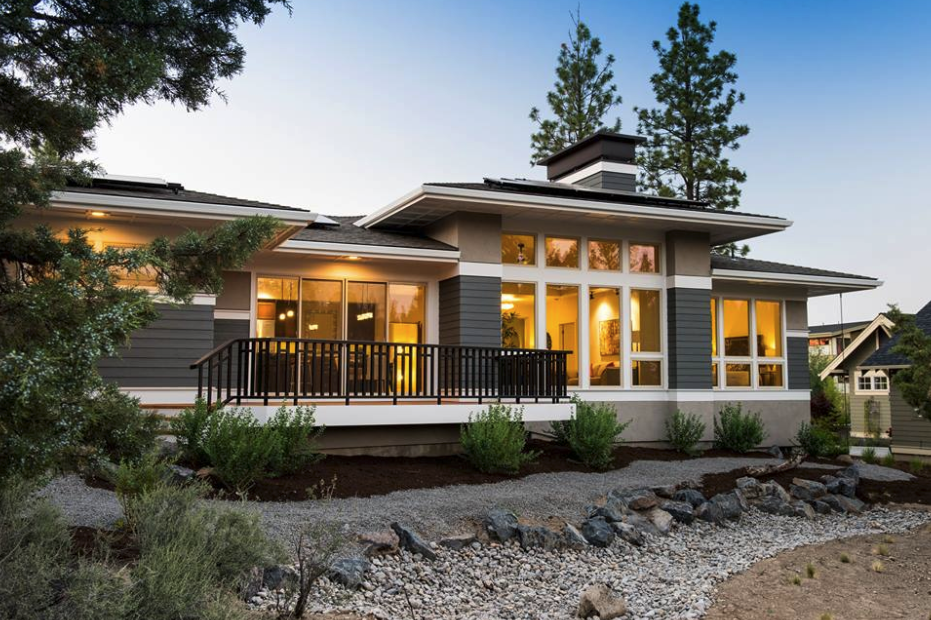
The New Canadian NBCC Code and ICFs Compared to Wood Framing

Benefits of Using ICF for Tilt-Up Wall Construction

ICF vs. Steel Framing: Which Is Best For Commercial Construction?
ICFs have been used with great success for projects such as hotels, theatres, multi-story residential, office, retail, mixed-use retail, educational projects and all manner of public works and federal military applications. However, some people argue that Steel Framing is best for commercial construction, so we decided to get to the bottom of the ICF vs. Steel Framing face-off.

How Much Does it Cost to Build a Warehouse?
A business must consider several expenses when determining the overall cost of building a warehouse: soft, hard, long-term, and finance costs.

A Guide to Designing an Energy-Efficient Building in a Hot Climate

How Much Does it Cost to Frame a House?
When you build a house, framing will take the biggest bite out of your budget. However, costs vary significantly based on your home’s design and material choice.

Designing for Earthquake-Resistance in a Commercial Building
Commercial contractors and their clients are showing a greater interest in designing buildings that can stand strong during natural disasters. In their quest for fortified materials, more of them are turning to ICF construction.

14 Ways to Save Money on Building Your Home

8 Must-Haves for a Net-Zero Energy Home
A net-zero energy home aims to make enough renewable energy to meet its own annual energy consumption needs. These are 8 must-haves for a net-zero energy home.

Innovations in Exterior Wall Construction: What You Need to Know
For generations, the construction of exterior walls has followed traditional practices that have primarily involved wood or steel framing. These methods have been the backbone of residential and light commercial construction, by providing shelter, stability, and a certain level of insulation.